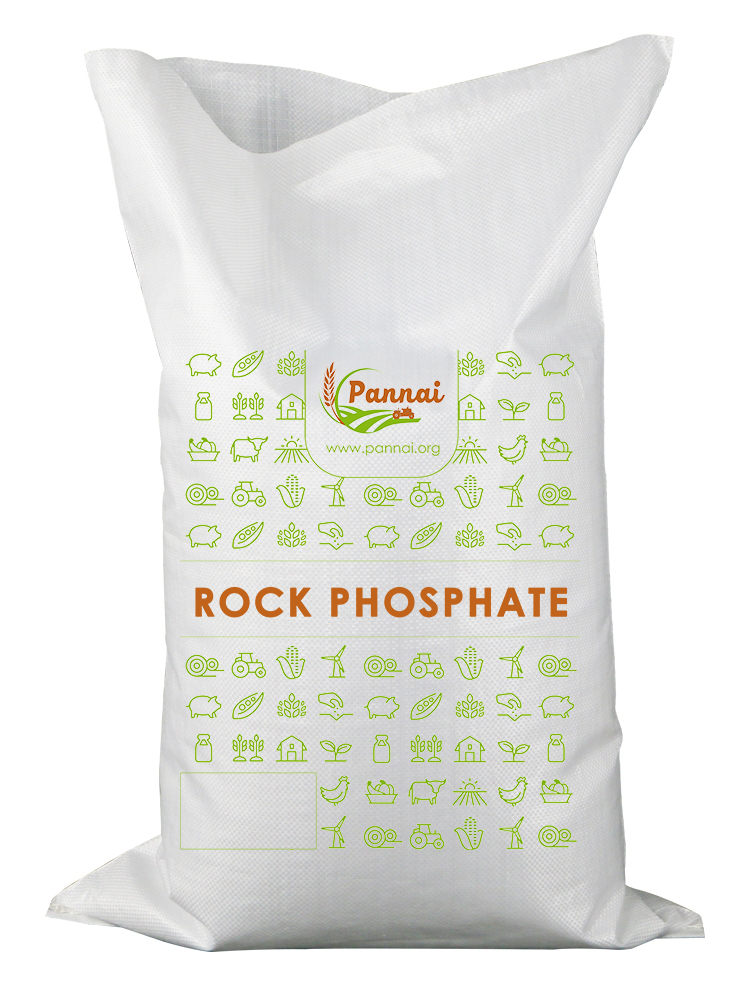
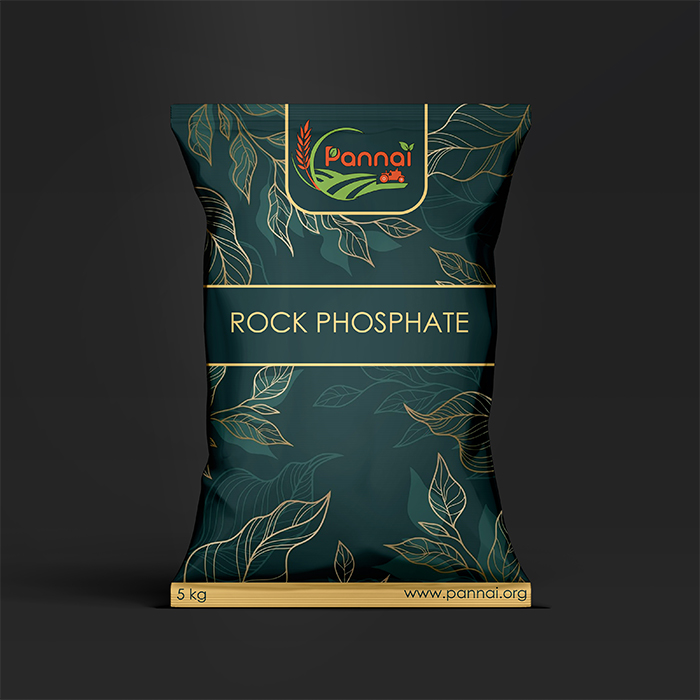


Rock Phosphate Powder 5KG
-
Rs418.95
-
Rs313.95
-
Rs313.95
-
Rs313.95
-
Rs313.95
Reviews & Ratings
Rock phosphate
Rock phosphate is a sedimentary rock rich in phosphate minerals, primarily apatite. It is a crucial source of phosphorus, an essential nutrient for plant growth. Phosphorus is vital for energy transfer, photosynthesis, and the synthesis of nucleic acids in plants.
Significance for Plantation Crops
Plantation crops such as tea, coffee, rubber, oil palm, and sugarcane are typically grown on large estates and require intensive nutrient management. Phosphorus is one of the critical nutrients needed for these crops to ensure high yields and quality produce.
Composition and Mechanism of Rock Phosphate
Chemical Composition
Rock phosphate consists mainly of calcium phosphate minerals. Its typical formula is Ca₅(PO₄)₃(F,Cl,OH), with variations depending on the specific type of rock phosphate.
Mechanism of Action
Rock phosphate provides a slow-release form of phosphorus. When applied to soil, it slowly dissolves, releasing phosphorus over time. This gradual release helps maintain a steady supply of phosphorus to the plants. Soil microorganisms, particularly phosphate-solubilizing bacteria, play a crucial role in converting the phosphorus in rock phosphate into forms available to plants.
Benefits of Rock Phosphate for Plantation Agriculture
Nutrient Supply
Phosphorus is crucial for root development, flowering, and fruiting in plants. Rock phosphate offers a steady and sustained supply of phosphorus, ensuring continuous availability throughout the growing season. Unlike synthetic fertilizers, which can leach away quickly, rock phosphate remains in the soil, providing long-term benefits.
Soil Health
The application of rock phosphate improves soil structure and increases microbial activity, which further enhances nutrient availability. Over time, this leads to improved soil fertility and reduced dependency on chemical fertilizers. Additionally, rock phosphate helps mitigate soil degradation, promoting a healthy and sustainable growing environment.
Economic and Environmental Advantages
Although the initial cost of rock phosphate may be higher than some synthetic fertilizers, its long-term benefits and reduced need for frequent applications make it cost-effective. Environmentally, rock phosphate has a lower risk of causing nutrient runoff and pollution compared to highly soluble synthetic fertilizers.
Application Methods in Plantation Crops
Direct Application
Rock phosphate can be applied directly to the soil, particularly in acidic soils where it is more soluble. It is often used in its natural form or ground into a finer powder to increase its effectiveness. Direct application is most suitable for perennial plantation crops that benefit from a continuous phosphorus supply.
Processing and Enhanced Forms
To improve its solubility, rock phosphate can be processed into more soluble forms such as superphosphate or triple superphosphate. Additionally, combining rock phosphate with compost or organic matter can enhance its availability to plants by promoting microbial activity that helps solubilize phosphorus.
Frequency and Dosage
The appropriate dosage and frequency of application depend on the soil phosphorus levels, crop type, and growth stage. Regular soil testing is essential to determine the optimal application rates and ensure that plants receive adequate phosphorus without over-application.
Challenges and Solutions
Solubility Issues
One of the primary challenges with rock phosphate is its low solubility in certain soil types, particularly in neutral to alkaline soils. To address this, farmers can use phosphate-solubilizing microorganisms or combine rock phosphate with organic matter to enhance its availability.
Market and Supply Chain
The availability and cost of rock phosphate can be influenced by regional supply chains. Developing local sources and ensuring a stable supply can mitigate these challenges. Governments and agricultural organizations can play a role in promoting the use of rock phosphate and supporting farmers with access to this resource.
Related products
Dolomite Soil Neutralizer 5KG
Shell Lime Powder 5KG
Kaolin Clay Powder 5KG
Talc 5KG
-
Rs418.95
-
Rs313.95
-
Rs313.95
-
Rs313.95
-
Rs313.95
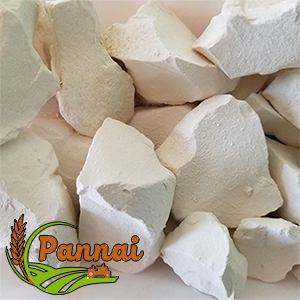
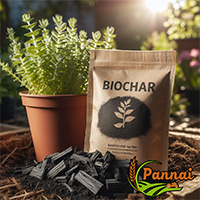

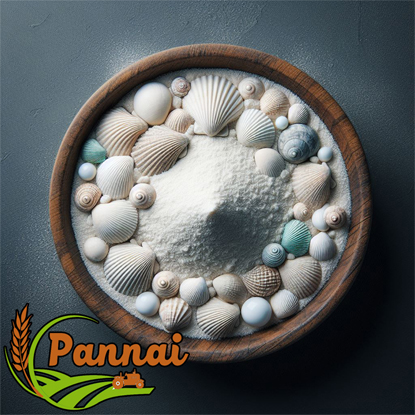



 Sign in with Google
Sign in with Google

